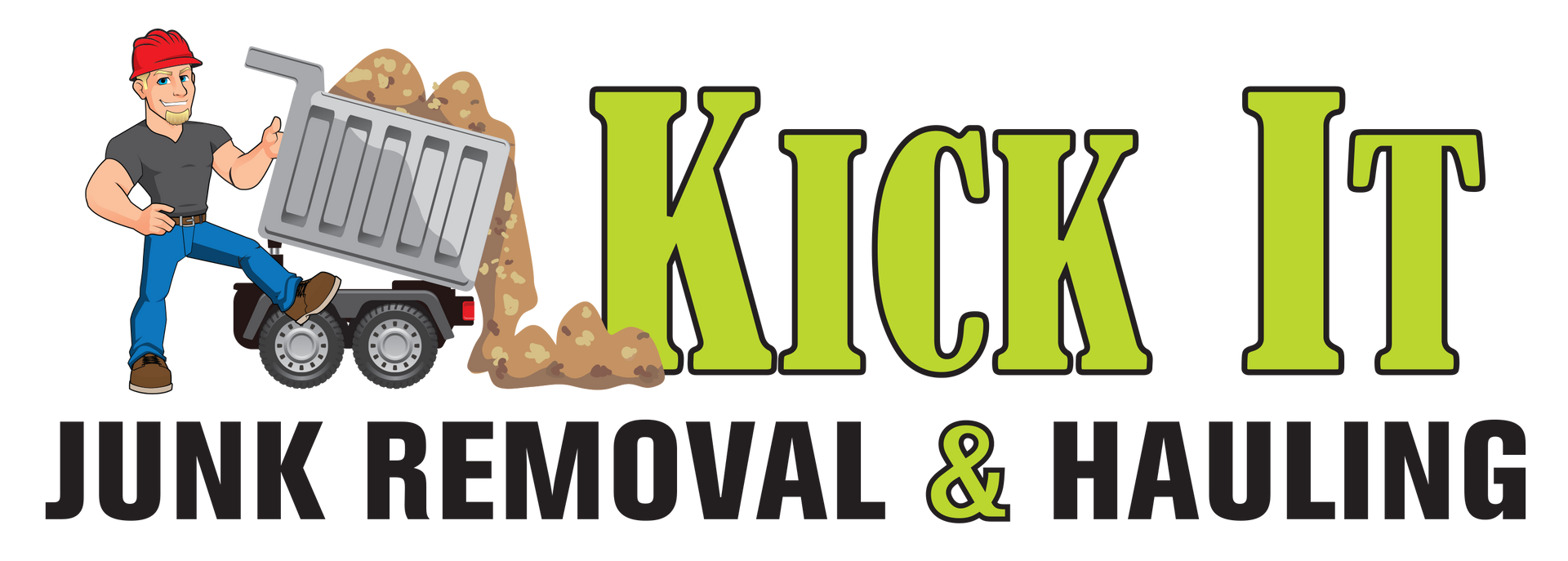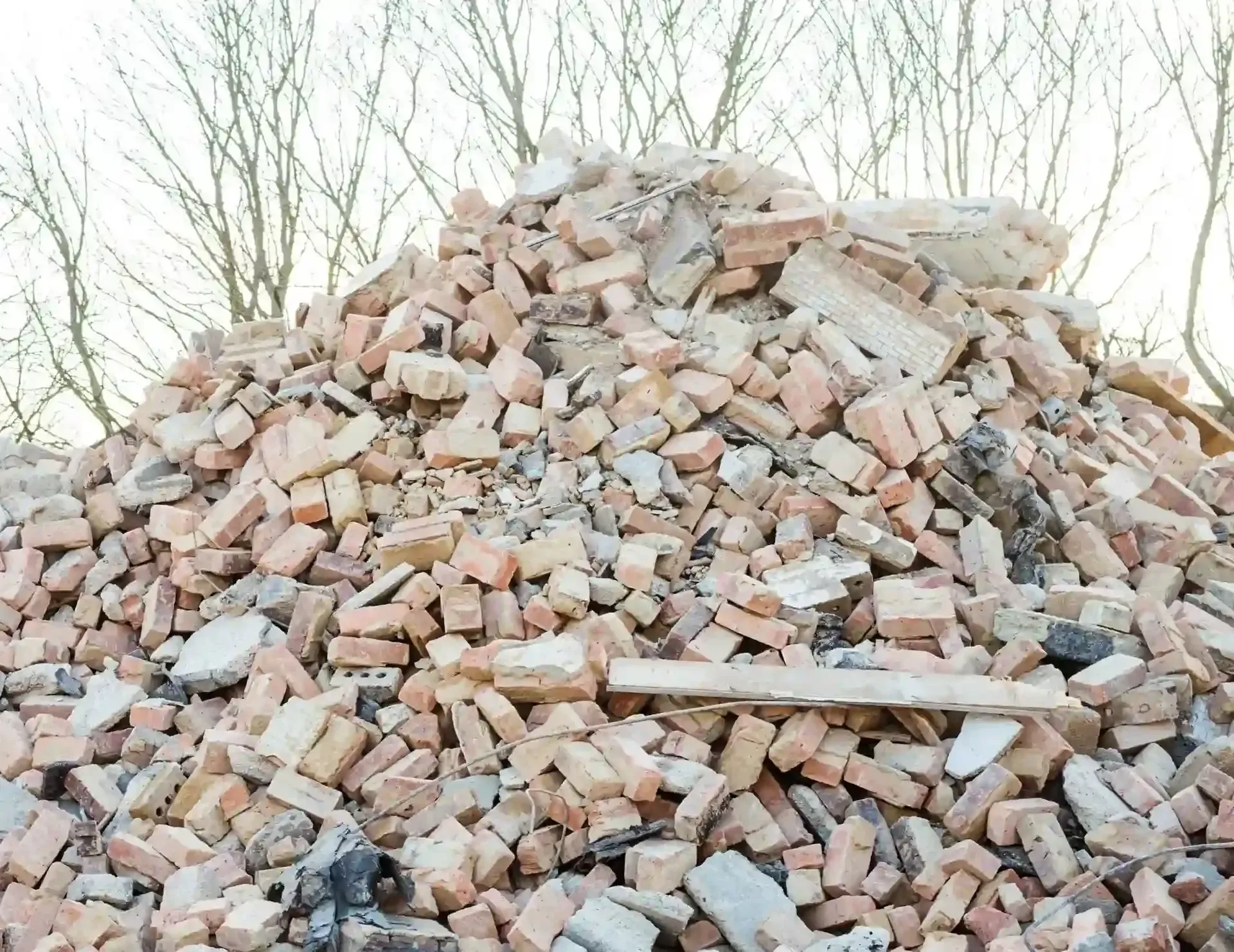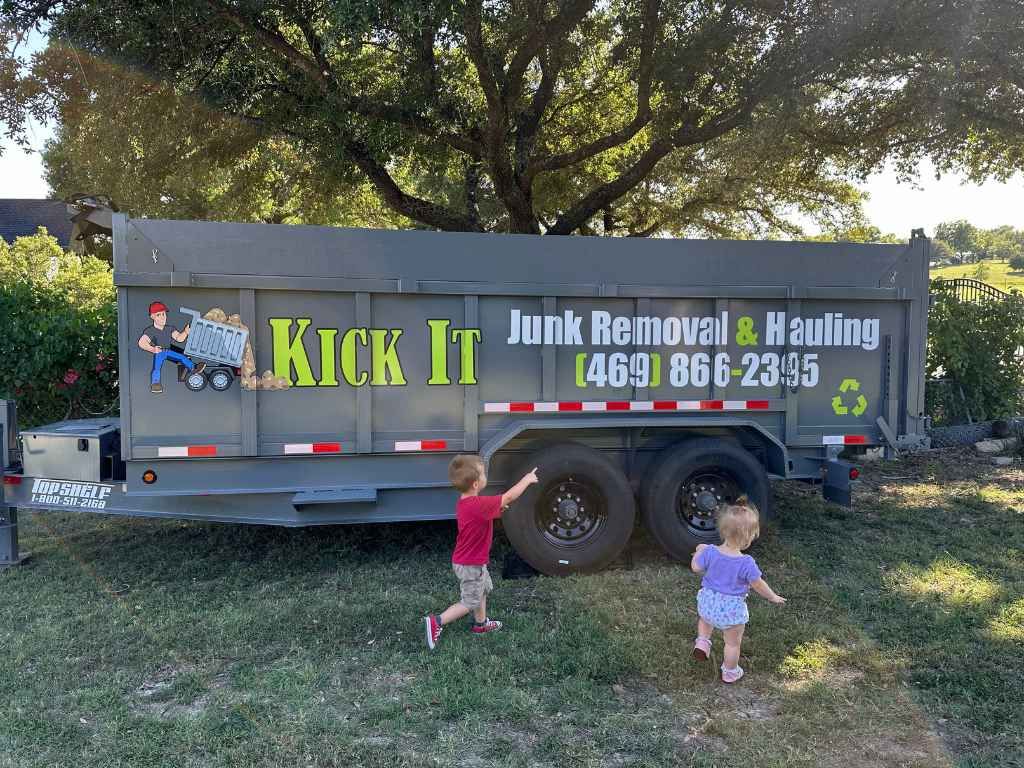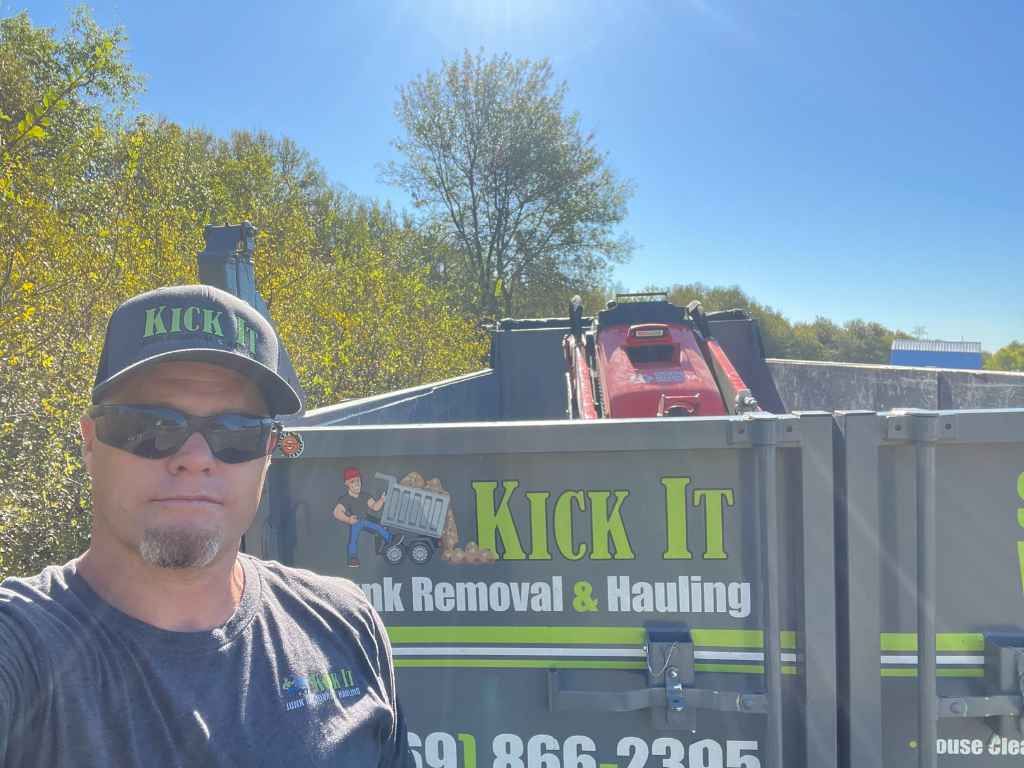Kitchen Demolition: Expert Tips and Advice
Planning a kitchen remodel? Before the new cabinets, countertops, and flooring are installed, there’s one crucial step you can’t skip—demolition. Removing your old kitchen may seem simple, but doing it correctly involves more than just a sledgehammer and good intentions. Whether you're doing it yourself or hiring a professional, understanding what to expect can save you time, stress, and unexpected costs.
We’ve managed everything from small kitchen tear-outs to full-scale renovations. In this guide, we’re sharing practical tips and expert advice to help you approach your kitchen demolition safely and efficiently. From shutting off utilities to handling hidden surprises behind the walls, here’s what you need to know before you start swinging.
Expert Tips for a Smooth Kitchen Demolition
A successful kitchen demolition requires careful planning and the right tools. Start by assessing the space and creating a strategy to remove the cabinets, countertops, and flooring without damaging other areas of your home. It's essential to have safety gear on hand, including gloves, goggles, and a dust mask, to protect yourself from debris. If you’re unsure about handling plumbing or electrical work, consider consulting professionals for these specific tasks.
Once demolition begins, be organized by tackling smaller tasks first and working in sections. It’s also important to take inventory of any reusable materials, as some parts of your kitchen may be salvageable for future projects or recycling. A well-thought-out demolition plan will help you avoid unnecessary delays and costs during your remodel.
What You Need to Know Before Starting Your Kitchen Demolition
Starting a kitchen demolition can feel overwhelming, but understanding the essential steps beforehand can help you stay on track. Begin by clearing the area of any personal items and disconnecting utilities, such as gas, water, and electricity, to ensure safety. Having a solid understanding of how your kitchen is laid out and where pipes or wiring run is crucial to prevent accidents.
Before grabbing the sledgehammer, make sure you’ve taken the proper steps to protect your home from dust and debris. Cover
furniture and floors with drop cloths or plastic sheeting. Lastly, check your local regulations to determine if you need permits for the work. This will prevent unexpected roadblocks down the line, making your kitchen demolition project go much smoother.
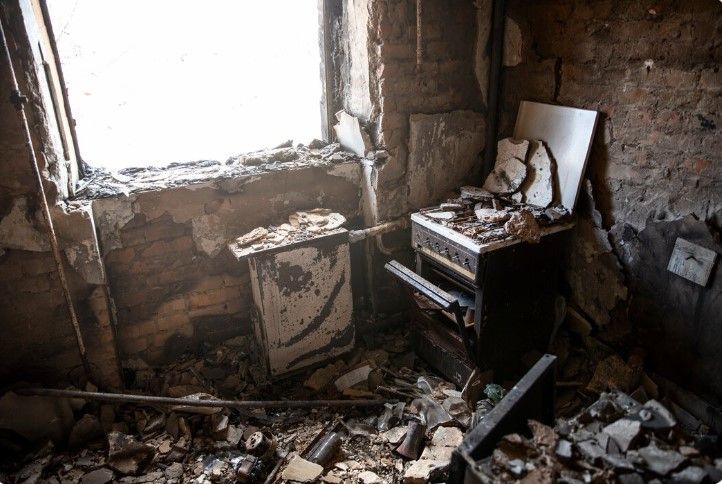
The Ultimate Guide to Successful Kitchen Demolition
Kitchen demolition can seem like an overwhelming task, but with the right approach, it can be done efficiently and safely. Start by clearing the kitchen of all items, including appliances, cookware, and food. Then, carefully shut off all water, gas, and electrical connections. By planning ahead and securing the proper permits, you ensure the demolition goes smoothly without hitting any major setbacks.
Demolishing a kitchen is about more than just knocking down walls or tearing out cabinets. Take your time to carefully remove countertops, flooring, and fixtures to avoid causing damage to plumbing or electrical systems. Having a strategy will help you avoid costly mistakes, making your renovation project much easier and faster to complete.
Step-by-Step Process for Efficient Kitchen Demolition
An efficient kitchen demolition involves a methodical approach to avoid unnecessary chaos. Start by preparing the space—cover floors and furniture to minimize dust and debris. Next, safely disconnect all appliances and utilities. It’s important to shut off water, gas, and electricity to avoid any hazards. After that, begin with the demolition of cabinets and countertops, working in sections to maintain control over the process.
Remove any flooring, tiles, or drywall carefully to avoid damaging other areas of your home. Remember that not all materials are suitable for disposal in regular trash. Check if there are recycling centers or salvage companies where you can drop off materials like cabinets, sinks, or old appliances. This eco-friendly approach makes the process more sustainable and easier on your wallet.
How to Prepare for a Kitchen Demolition Like a Pro
Preparation is key to a successful kitchen demolition. Before getting started, take time to plan every aspect of the project. Clear out your kitchen completely, removing not just appliances and cookware, but also any personal items from the surrounding rooms. Disconnect all utilities to avoid accidents during the process.
Once your space is clear, take inventory of any parts of your kitchen that may be reused. For example, cabinets, countertops, or flooring may be salvageable for future projects or sold to recoup some costs. Preparing for a kitchen demolition also means understanding what tools you need and how to handle large debris safely. Having a solid plan in place will make the entire process go smoother.
Avoid These Common Mistakes During Kitchen Demolition
Kitchen demolition can be a tricky task, especially for first-timers. One of the biggest mistakes homeowners make is neglecting to disconnect utilities before starting. Always shut off the water, gas, and electricity to ensure safety throughout the process. Another common error is rushing the demolition without a solid plan, leading to unexpected damage or delays.
Be cautious when removing items like cabinets or flooring, as hidden nails or fasteners can cause injury or damage to the surrounding area. Taking time to properly prep the kitchen and gather the right tools will help you avoid these mistakes. If you're not sure how to handle certain tasks, don’t hesitate to call in a professional for help, particularly with plumbing or electrical work.
Smart Advice for Tackling Your Kitchen Demolition Project
Demolition is one of the most exciting stages of a kitchen remodel, but it can also be the messiest. To stay organized and on track, create a timeline that includes every step of the demolition. Start by clearing out the kitchen and safely shutting off utilities, including water, gas, and electricity. If you're unsure about dealing with these utilities, it's a good idea to hire a professional.
The next step is to remove items in a logical order. Begin with the smaller fixtures and then tackle larger sections like cabinets and countertops. Don’t forget to save reusable materials, as they can help offset the cost of your remodel. A good strategy and a little patience will make your kitchen demolition go much more smoothly.
Demolishing Your Kitchen with Confidence and Care
Taking on a kitchen demolition requires both confidence and care. Before you start, make sure you’ve planned out the entire process and taken the necessary precautions, such as shutting off utilities and protecting your floors and furniture. It’s essential to work methodically, ensuring that you avoid any damage to pipes or electrical wiring.
Start by removing small elements like the backsplash and then proceed with larger fixtures like cabinets and countertops. Be mindful of how each part of the kitchen is connected. Using the right tools and taking your time will help you demolish your kitchen safely while keeping your remodel on track. Proper planning ensures you’re one step closer to achieving the kitchen of your dreams.
Essential Kitchen Demolition Tips for Home Renovators
For anyone considering a kitchen remodel, the demolition process is crucial to getting started. One of the most important tips is to start by disconnecting all utilities—this includes water, gas, and electricity. Always use professional help for any work involving plumbing or electrical systems.
Next, remove the non-structural elements first. Cabinets, countertops, and flooring should come out before tackling any structural changes, like walls. Protect your home by covering floors and surrounding areas with plastic or drop cloths to reduce dust and debris. These simple but essential tips will help you demolish your kitchen without stress, ensuring that the remodeling process is as efficient and safe as possible.
Everything You Should Consider Before Demolishing Your Kitchen
Demolishing a kitchen is a significant step in any remodel, and it requires careful planning to avoid unnecessary complications. Before diving into the demolition, take time to evaluate the layout of your space and any existing plumbing, electrical, or gas lines. Identifying where these utilities are located and understanding how to disconnect them safely is crucial to avoiding potential hazards. If you’re unsure about handling these connections on your own, it’s always wise to consult a professional. They can ensure that the job is done safely, without causing damage to your home or putting your safety at risk.
Beyond disconnecting utilities, think about the materials you can save and reuse during the process. Cabinets, sinks, and countertops, if in good condition, can be recycled or repurposed. This not only saves you money but also helps reduce waste. Additionally, make sure you’re aware of local regulations and permits required for demolition, as overlooking these can delay your project. Proper preparation, including understanding legal requirements, will help ensure a smooth, efficient kitchen renovation.
Conclusion
Demolishing a kitchen can be a daunting task, but with the right guidance and preparation, it can be a smooth and stress-free process. Whether you're tackling the job on your own or enlisting professional help, keeping a well-organized plan is key to avoiding costly mistakes and damage. From understanding the proper tools to protecting your home from debris, every step counts. With expert tips, you’ll be able to move forward confidently, turning your dream kitchen into a reality.
If you’re ready to take the next step or simply need help with your kitchen demolition, Kick It Junk Removal & Hauling is here for you. Our team of experts offers reliable and efficient services to help you with everything from demolition to cleanup. We ensure your space is ready for the next phase of your remodel, without the hassle or headache. Reach out today for more information or to schedule your service! We’re located at 14339 Stanley Lane, Forney, Texas 75126. Give us a call at 469-866-2395 or shoot us an email at Paul@kickitservices.com to get started on your kitchen renovation journey.
